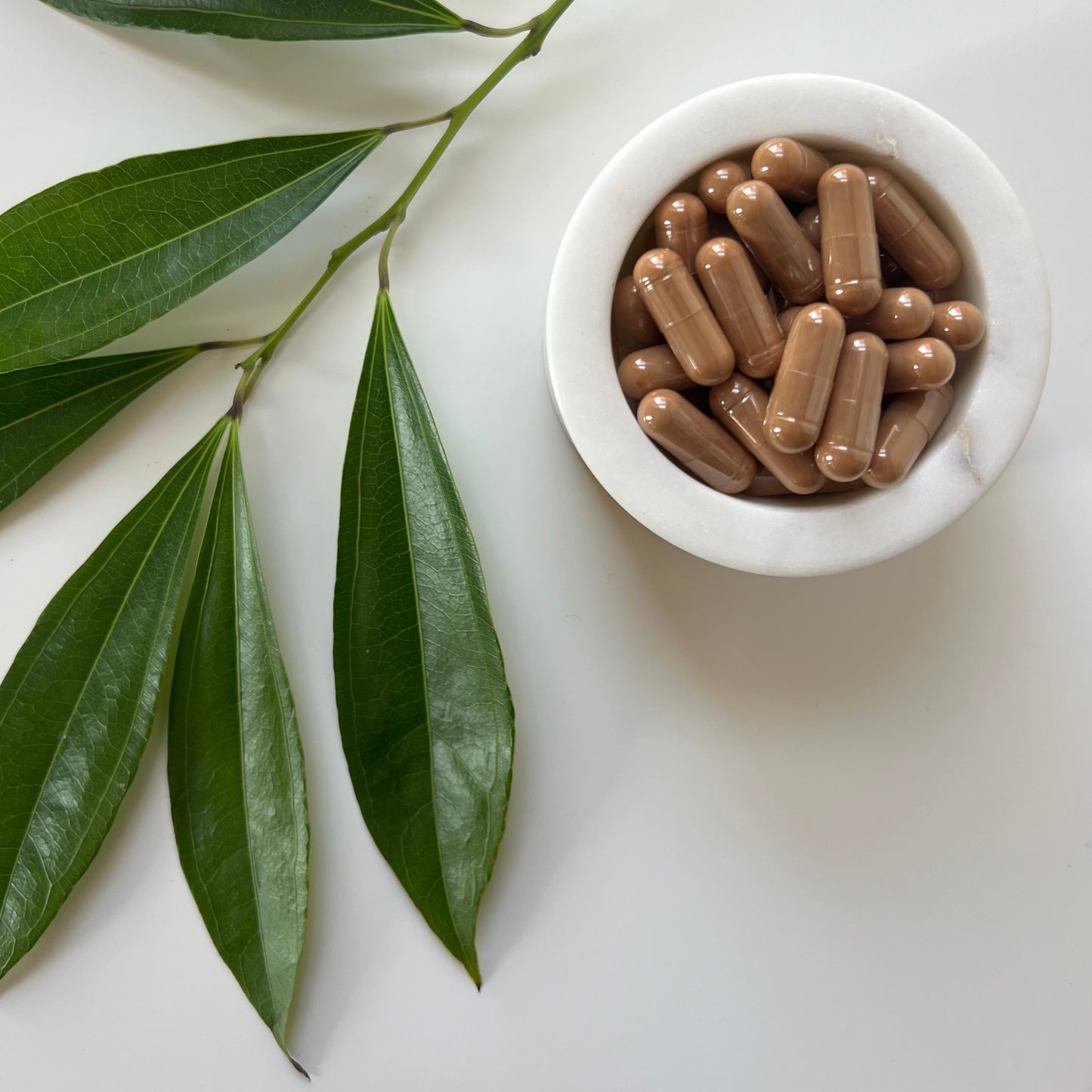Cat's Claw Bark Capsules | 100% Wild-Crafted | Uncaria Tomentosa | 510mg
Cat's Claw Bark Capsules | 100% Wild-Crafted | Uncaria Tomentosa | 510mg
5.0 / 5.0
(1) 1 всего отзывов
Не удалось загрузить сведения о доступности самовывоза
No Additives, No Fillers, No Binders.
100% Wild Crafted Cat’s Claw Bark
Common Usages for Cat’s Claw Bark:
- Natural treatment for many ailments
- Boosts immune system
- Helps to repair DNA
- Helps to lower high blood pressure
Cat’s claw, also known as Uncaria tomentosa is one of the best antiviral herbs to help to boost the immune system and fight infection. While cat’s claw may be a more recent natural remedy in North America, it has a long history in South America dating back to the Inca civilization. Cat’s claw is a tropical woody vine belonging to the Rubiaceae plant family. It clings to the sides of trees as it grows by using its claw-shaped thorns. The trees are typically 100 feet or taller and at least 20 plants with sharp, curved thorns are considered to be cat’s claws or una de gato.
Studies of cat’s claw have shown that it may be helpful in naturally reducing high blood pressure. In traditional Chinese medicine, a variety of cat’s claws has been used to lower blood pressure as well as improve various neurological symptoms. Cat’s claw has also been shown to inhibit platelet aggregation and blood clot formation, meaning that it is likely that cat’s claw is also helpful in warding off heart attacks and strokes by not only decreasing blood pressure and increasing circulation, but by also inhibiting the formation of plaque and blood clots in the arteries, heart and brain.
Traditionally, cat’s claw has been used to make tea from the inner bark of the vine. Cat’s claw can also be made into a cream and used as a topical treatment for arthritis, rheumatism, and various muscle and joint problems.
Cat’s claw is generally well-tolerated by users and considered non-toxic. Few side effects have been reported when taken in small amounts, but some have reported dizziness, nausea and diarrhea.
Recommended Dosage : 1 capsule (510mg) a day.
As is the case with taking any supplement while you are pregnant or breastfeeding or taking medication, you should always consult with your healthcare professional prior to usage.
This information has not been evaluated by the Food and Drug Administration.
This information is not intended to diagnose, treat, cure, or prevent any disease.
Share


Received order in a good timely manner, shipped really fast. Will return to update on product


